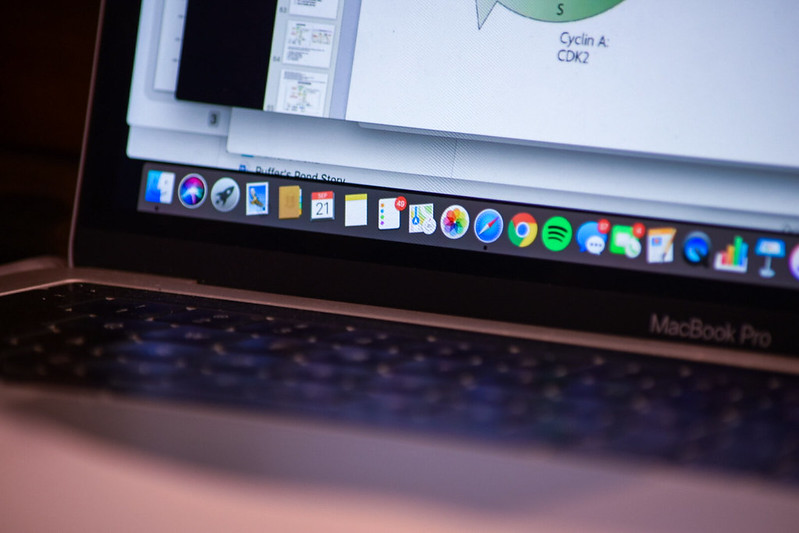Recently, a teaching assistant I had for a class decided to switch our Friday discussion section to Zoom because she had tested positive for COVID-19 that Wednesday.
A full week later, she made the section virtual again, because even though she felt much better and by all accounts shouldn’t have been contagious anymore, she was “still coughing a little bit.” Keep in mind that this was during the first few weeks of the semester when masks were still required in classes.
Both of those sections went as well as just about every Zoom class I’ve ever had. Everyone in the class seemed miserable, and no one was actively participating or paying attention. The flaws of the virtual classroom were especially noticeable, because unlike my entire junior year when I had nothing to compare online classes to, this semester all of my classes are in person.
For many students like me, online classes are much harder to focus in. There are so many distractions that aren’t present in most classrooms, whether it be in your home or on your computer. The lack of a divide between school and home makes it hard to mentally detach yourself from either. The vast majority of students, including every student I’ve spoken to, got very little out of the classes they took over the past couple of years. This is evident in the massive learning loss students experienced across the world. As both anecdotes and studies tell us, online classes are simply not an adequate substitute for in-person learning.
The decision to make the majority of classes virtual is predicated on the belief that in-person classes would be hotbeds for COVID-19 transmission. The problem is, they’re not. Every study that’s been conducted on the subject has shown that in-person learning is not as dangerous as was earlier predicted. This has been common knowledge since the summer of 2020. Doctor Anthony Fauci, who was known for being on the more risk-averse side throughout the pandemic, has repeatedly endorsed in-person schooling, stating that schools should be the last places to close and the first places to open. Even before vaccines were available, the director of the CDC said he’d absolutely be comfortable sending his grandkids to school.
In hindsight, the move didn’t even make sense from a logical standpoint. If stopping potential COVID-19 outbreaks was so important to the University of Massachusetts, why invite thousands of students onto campus who were likely to break social distancing rules the first chance they got? Surely having hundreds of students living in the same dorm together poses a higher risk than masked students sitting a few feet apart from one another in a classroom for an hour.
Throughout the 2020-21 academic year, UMass required its students (even those who lived off campus) to get tested twice weekly. I remember being pleasantly surprised at how easy it was to reserve tests and get them done whenever I wanted during this time period. This, of course, proved to be extremely helpful at stopping outbreaks before they began. Even the largest COVID-19 outbreak that UMass experienced died down after less than a week.
Simply put, classrooms were safe even before vaccines were available, and we had a testing apparatus that could nip any potential outbreak in the bud. I fail to see how throwing away an entire academic year was necessary.
Unfortunately, the issues with making the majority of classes virtual go beyond it being unnecessary and inferior to in-person learning. Throughout the pandemic, students in the United States faced an unprecedented mental health crisis. And no, this wasn’t due to the pandemic itself. Rather, it was the months-long deprivation of a social life, an essential component of teenagers’ mental health. Online learning heavily contributed to this — why is that?
In short, we can’t solely blame Zoom fatigue. A likely explanation is that online learning further eradicated what sociologists call “weak ties.” These are the low-stakes relationships with casual acquaintances that you meet from living in the same dorm or apartment complex, belonging to the same club or team, or in this case, taking the same class. Simple social interactions with classmates have been proven to produce positive mental health outcomes. Zoom classrooms, by nature, made such interactions much more difficult, if not impossible. This contributed further to the feelings of isolation that were all too common among students.
Making classes online because of COVID-19 doesn’t make sense now, and never did to begin with. In an ideal world, all classes that began in-person would continue to be taught as such. The practice of unnecessary online learning needs to be laid to rest, once and for all.
Will Duffy can be reached at [email protected].



















